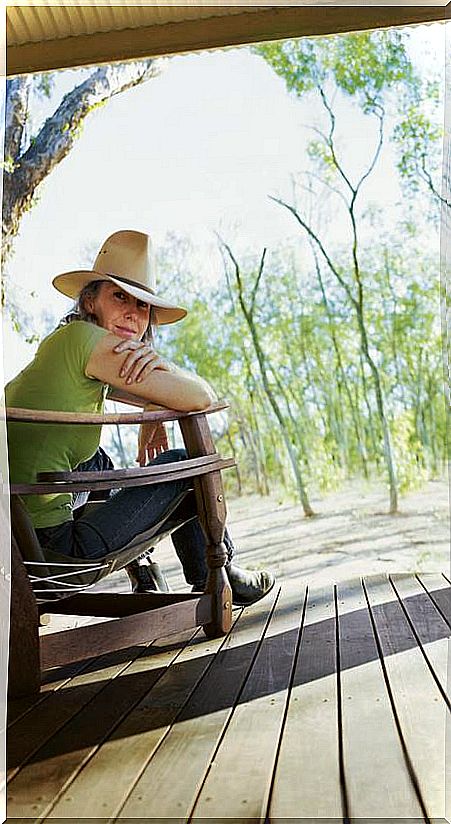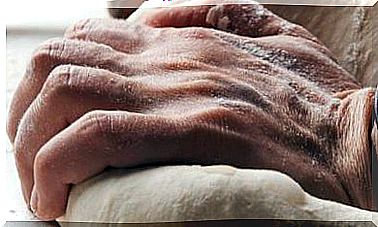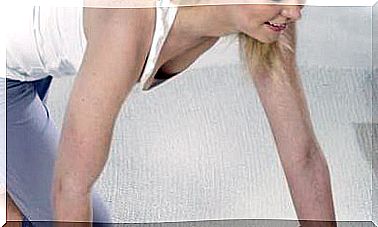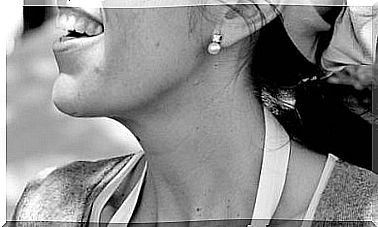The Anticancer House: How To Avoid Toxins In The Home
Cancer has a strong environmental component, and there are often more pollutants inside than outside the house, but you can avoid and choose alternatives.

We observe the details of our house and we like it. It is a cozy home where we find ourselves like nowhere else. And yet we may live surrounded by threats that are invisible.
Hundreds of studies link pollutants found in the home to cancer, either as proven or possible carcinogens. The World Health Organization has linked endocrine disruptors – such as phthlates, bisphenol and brominated flame retardants – with hormone-dependent cancers (breast, ovaries, prostate or testicles).
In April 2010, the Presidential Cancer Panel in the United States identified common household toxins, such as radon, formaldehyde, and benzene, as causing the disease.
How to clean the home of carcinogenic toxins
Carlos de Prada, head of the “Hogar Sin Toxicos” campaign of the Vivo Sano Foundation, tells us that “it is not necessary to dramatize, because we are not necessarily going to develop a disease, but it is very important that we reduce the toxic load due to the maximum to chemical compounds that we don’t see. “
Ventilate and clean to avoid VOCs
“The two most effective measures to reduce the concentration of harmful compounds is to ventilate and clean the dust”, advises Carlos de Prada.
Opening the windows for ten minutes a day is enough to renew the air. In this way, the concentration of volatile organic compounds (VOCs), which are emitted by chipboard or plywood furniture, carpets, fabrics, paints and plastic materials, is reduced.
To avoid VOCs, Carlos de Prada recommends that we choose solid wood furniture and objects, and that we ask if they have been finished with solvent-free varnishes.
Likewise, dust must be eliminated : “today it is made up of hundreds of artificial compounds that are not harmless,” says De Prada.
Non-toxic paint
Another conflicting element is the painting. Walls or windows that have layers of old paint may contain lead. To sand them we should turn to professionals.
Today’s paints do not contain it, but retain potentially harmful ingredients such as solvents derived from petroleum. They are responsible for the typical intense smell that forces us to ventilate while we paint.
The alternatives are ecological and natural water-based paints.
Water without trihalomethanes
The water that comes to us through the tap can be filtered with activated carbon or resin to eliminate trihalomethanes, carcinogenic molecules that are formed as a result of the action of chlorine on organic compounds.
Filters can be placed in the shower, as well as on the kitchen faucet if we want to improve the quality of drinking water. Another option is to install a reverse osmosis filter , which allows you to obtain almost pure water.
Healthier cleaning products
Manufacturers have been reducing the proportions of ammonia, formaldehyde, synthetic detergents and preservatives such as parabens, but there are still hundreds of ingredients that are not without dangers.
It is advisable to use few products and that are for general use, soapy base and without perfumes.
Products with some ecological certification (such as Ecocert, Cosmos, BDIH, Vida Sana…) are recommended. Volatile compounds
The main toxins and how to replace them
Find out where the main toxins are and replace them with healthier options.
Volatile compounds
- Where found: in paints, varnishes, appliances, carpets, and chipboard furniture.
- Healthy options: solid wood, treated with solvent-free varnishes. The rugs can be made of organic cotton. Some plants like ficus and ribbons absorb these gases.
Phthalates and bisphenol
- Where they are found: on vinyl floors, food packaging, glues, air fresheners, cosmetics …
- Healthy options: wooden and cork floors with water-based varnishes. Opt for glass and metal over plastics, and avoid scented products.
Flame retardants
- Where Found: On carpets, mattresses, upholstery, clothing, and appliances.
- Healthy options: ask the seller to offer us an option without these compounds.
Insecticides
- Where they are found: in household and garden pesticides, and in carpets.
- Healthy options: use home remedies (borax, vinegar), eliminate insect food sources, seal cracks, and screen windows.









